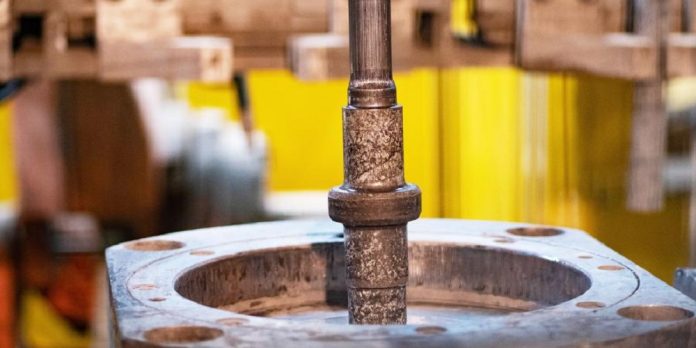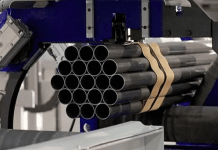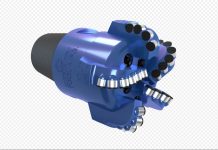Cold forging is deforming a metal workpiece below the recrystallization temperature. This process is frequently used to create intricate and high-performance parts because it can produce components with high precision, strength, and durability. This article will go over the cold forging process’ steps. Let’s examine these steps to comprehend the cold forging procedure better.
Materials Selection
The first step in cold forging is selecting the best material to create the needed part. The substance must have the necessary mechanical properties, such as high strength and ductility, to withstand deformation. Cold forging frequently uses stainless steel, copper, titanium, aluminum, and other metals.
Material Preparation and Cutting
After that, the material must be cut to the required length and shape. Different cutting techniques can achieve this, such as sawing, shearing, or punching. The material is cleaned and then heated to improve its ductility and toughness, which are crucial for the cold forging process.
Lubrication
Lubricants are applied to the workpiece, and the forging dies to lessen friction and wear. Doing so makes the material flow better, and there is a lower chance of breaking or cracking.
Forging
The process is started by inserting the ready workpiece into the forging die. The die is then sealed and subjected to high pressure using a hydraulic or mechanical press. Pressure causes the material to flow into the die’s cavity, where it takes on the die’s shape. Forging below the recrystallization temperature maintains the material’s strength and hardness.
Finishing
After the forging process, the workpiece is removed from the die, and any excess material is removed by trimming or machining. The component is checked for flaws or inconsistencies after cleaning.
Heat Treatment
A secondary heat treatment procedure can enhance the mechanical properties of cold-forged parts. In this procedure, the part is heated to a specific temperature and then cooled gradually and carefully. The material’s strength, toughness, and ductility can be increased through heat treatment, making it more suitable for high-stress applications.
Surface Treatment
Applying a surface treatment is the last step in the cold forging procedure. This can involve several processes that enhance the part’s corrosion resistance, durability, and appearance, such as plating, coating, or painting.
The benefits of cold forging
Compared to other metal forming methods, cold forging has several benefits. One of the most important advantages is the ability to produce intricate shapes and parts with high precision and accuracy. Additionally, cold forging produces parts with tight tolerances and excellent surface finishes, which eliminates the need for additional finishing processes. The process also results in parts with improved mechanical qualities, such as increased strength, hardness, and ductility. Cold forging is a great option for many industrial applications because of its versatility in terms of the materials it can work with and the speed and efficiency with which it can produce high-quality parts.
Conclusion
In conclusion, cold forging is a multi-step metal forming process that creates high-performance components with superior mechanical properties. The right material selection, lubrication, and heat treatment are all essential for the desired result. Manufacturers can produce parts that meet the exacting standards of contemporary industrial applications by understanding the steps involved in cold forging.










